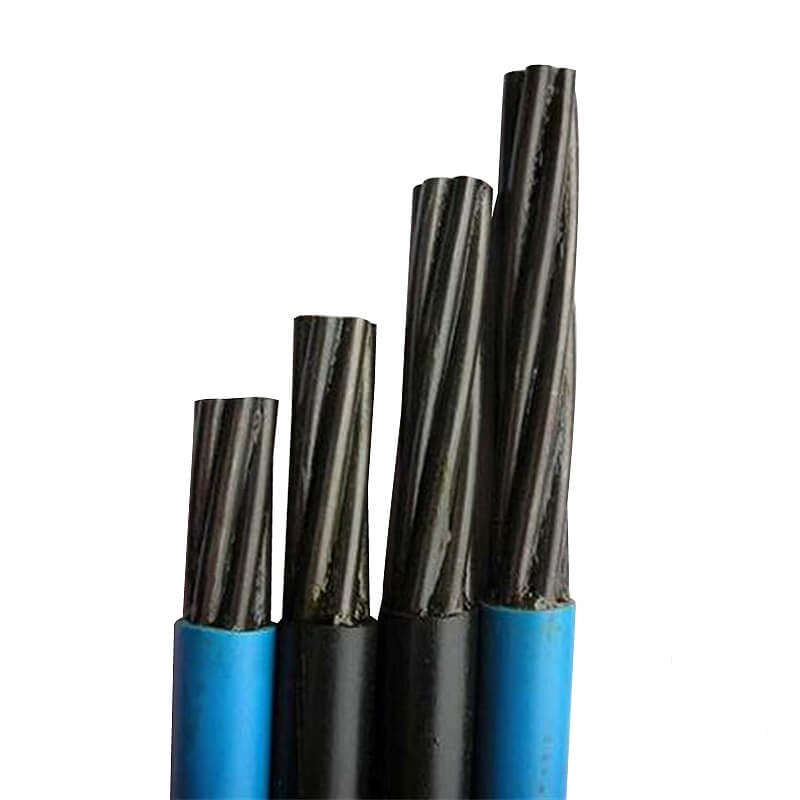If the outer layer of unbonded steel strands is damaged, it is a common issue that can negatively impact the service life and structural performance of the strands. Here are some common methods for dealing with such damage:

1.Inspection and Assessment:
First, assess the extent of the damage. Non-destructive testing techniques, such as ultrasonic testing or magnetic particle inspection, can be used to determine the range and depth of the damage.
2.Localized Repair:
If the damaged area is small, it can be repaired with specialized repair materials like epoxy resin or polyurethane. These materials can fill and seal the damaged area to prevent further corrosion.
3.Replacement of the Protective Layer:
If the damage is extensive or repair materials cannot fully restore its protective function, the outer protective layer of the damaged part may need to be replaced. This can be done using heat-shrink tubing or other protective materials.
4.Monitoring and Maintenance:
After repair, regularly monitor the repaired area to ensure its protective effect. If new damage or signs of corrosion are detected, address them promptly.
5.Enhanced Protective Measures:
During or after the repair process, additional protective measures can be added to the unbonded steel strands, such as applying an extra anti-corrosion coating or protective cover, to extend their service life.
In summary, the specific method of handling the damage should be determined based on the extent of the damage, the operating environment, and the structural requirements of the steel strands. If the damage is severe and cannot be effectively repaired, it is advisable to consider replacing the steel strands to ensure structural safety.



